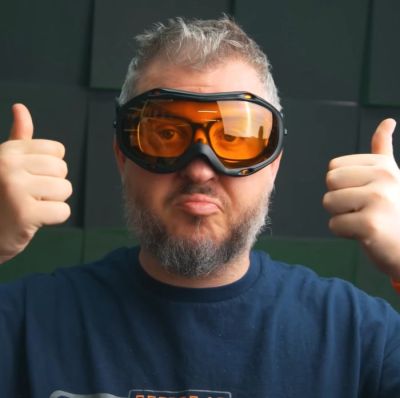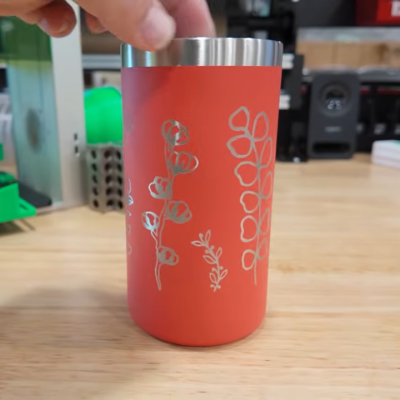[Brian Haidet] published on his AlphaPhoenix channel a laser beam recorded at 2 billion frames per second. Well, sort of. The catch? It’s only a one pixel by one pixel video, but he repeats it over and over to build up the full rendering. It’s a fascinating experiment and a delightful result.
For this project [Brian] went back to the drawing board and rebuilt his entire apparatus from scratch. You see in December last year he had already made a video camera that ran at 1,000,000,000 fps. This time around, in order to hit 2,000,000,000 fps at significantly improved resolution, [Brian] updated the motors, the hardware, the oscilloscope, the signalling, the recording software, and the processing software. Basically, everything.
One of the coolest effects to come out of this new setup is how light appears to travel noticeably faster when coming towards the camera than when moving away from it. It’s an artifact of the setup: laser beams that reflect off of fog particles closer to the camera arrive sooner than ones that bounce back from further away. Or, put another way, it’s special relativity visualized in an experiment in [Brian]’s garage. Pretty cool.
If you found all this intriguing and would like to know more, there’s some bonus material that goes into much more depth.



















